What cereals are made from barley and the beneficial properties of cereals
Barley was grown by the ancient Egyptians, Jews and Romans. They used this cereal not only for grinding into flour or beer malt, but also for preparing tasty and healthy cereals. We will tell you what a grain of barley is, what types of cereals are produced from it and what else is this grain good for.
The content of the article
Description and characteristics of the cereal
Barley - one of the oldest cereals cultivated by mankind... Traces of its wild grains were found in excavations of settlements more than 17 thousand years old. About 10 thousand years ago, barley was cultivated and began to be purposefully sown.
In ancient Egypt, barley was used instead of currency. It is known that workers in the construction of pyramids were given grain or barley bread and beer as payment. The Bible mentions that the ancient Jews sacrificed barley grains to God. This cereal was one of the seven fruits of the Promised Land.
In ancient Rome, gladiators were fed with barley: it was believed that on porridge muscles grow faster from it, and the fighters themselves become stronger. In Russia, barley was also known for a long time: due to its unpretentiousness, it was grown where wheat or rye did not ripen.
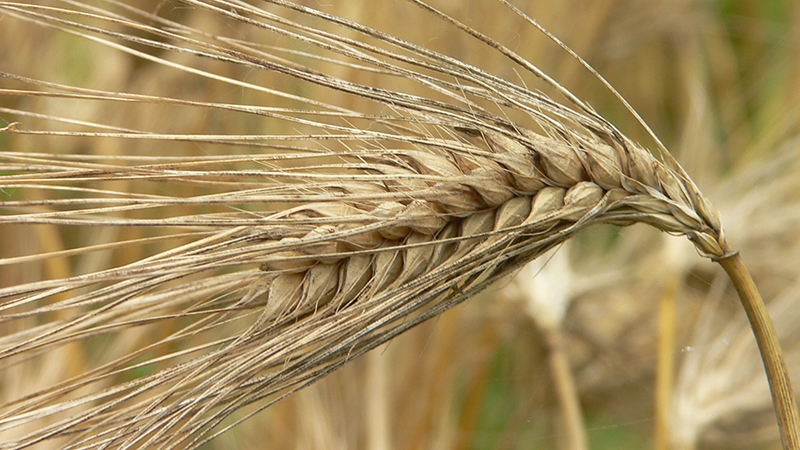 By itself, common barley is an annual herb of the genus Barley of the family Cereals. Its stems are straight, bare, 30-60 cm high in wild barley, and up to 90 cm in cultivated varieties. Leaves are about 30 cm long, straight, smooth and even.
By itself, common barley is an annual herb of the genus Barley of the family Cereals. Its stems are straight, bare, 30-60 cm high in wild barley, and up to 90 cm in cultivated varieties. Leaves are about 30 cm long, straight, smooth and even.
Spikelets are hexagonal with a long (up to 10 cm) awn; they consist of several spikelets, grouped by three. By July-August, caryopses ripen in them, which are used by humans.
Initially, only spring barley varieties were cultivated... By its origin, this plant is from the south, where it manages to reach full maturity during a long and warm summer. However, 2 thousand years after the beginning cultivation experiments on autumn sowing began.
Now the share of winter barley accounts for about 10% of the total. In some countries (for example, in Romania and Bulgaria), spring is practically not grown, having completely switched to winter sowing.
Chemical composition, trace elements and beneficial properties of barley
Barley grain contains:
- protein - up to 16%;
- carbohydrates - about 75%;
- vegetable fats - 3-5%;
- fiber - up to 10%.
In barley grains there are quite a lot of vitamins of groups A, B, D, E. The calorie content of a portion of 100 g of whole grains is about 288 kcal. This is approximately 18% of the RDA for an adult. Depending on the region, soil and growing conditions, barley also contains trace elements - copper, iron, potassium, selenium, zinc, etc.
Barley has a number of beneficial properties:
- Due to the abundance of fiber, it normalizes the work of the gastrointestinal tract, stabilizes body weight, and prevents the development of colon cancer.
- Normalizes blood sugar levels.
- Prevents the development of arthritis. The grain contains copper, which is involved in the synthesis of collagen, which is necessary for the restoration of cartilage tissue.
- Increases immunity and stabilizes the endocrine system.
What types of cereals are obtained from barley
The whole grain of barley is eaten. It is enough to peel it, wind it and put it to boil on fire. However, barley, turned into cereals, is a product of refined and crushed grain that brings more benefits to humans. Next, let's figure out what kind of cereal it is and what else is made from barley.
Pearl barley
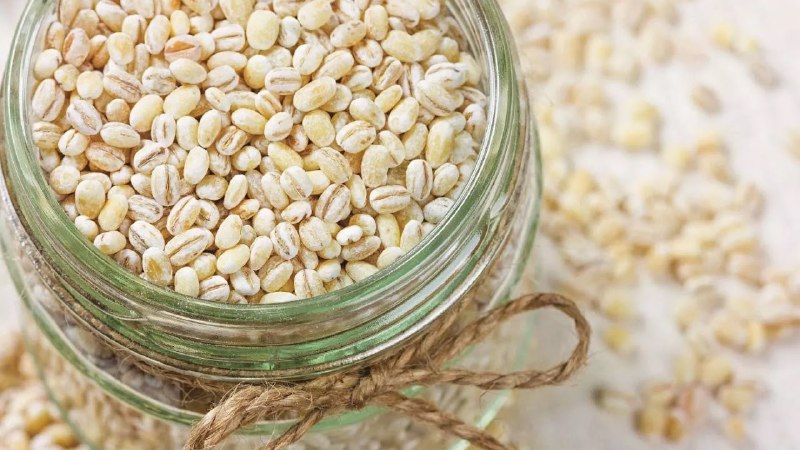
The most famous barley grits are barley. It is obtained from seed kernels as follows:
- Achenes of vitreous and semi-vitreous (having a high protein content) varieties are carefully peeled from the husk.
- Then it is crushed so that the kernels remain, in fact, only the endosperm (seed protein) with insignificant remnants of the shells.
- They are polished against each other, getting smooth, rounded granules of white or yellowish color at the exit.
The pearl barley got its name because the grains in color and luster are similar to small pearls - pearls.
The finished product is sorted using a sieve. The most valuable is considered to be cereals with grains from 1.5 to 2.5 mm. The larger the grain size, the cheaper the pearl barley.
Barley porridge is a traditional Russian dish. Due to the fact that back in the 30s of the last century in the USSR, the industrial production of cheap and long-stored cereals was established, barley was actively used in canteens of schools, military units and correctional institutions. For this reason, pearl barley is often perceived as a low-value product. Of course, this is not so: properly prepared barley is both tasty and healthy.
In addition to the countries of the former USSR, pearl barley is actively used in Italy for the preparation of ordzotto (an analogue of rice risotto), in Sweden, Denmark and Finland. There, porridge, side dishes are prepared from it, and they are also poured into cereal soups.
Important! When boiling, the grains of barley only swell, but do not boil down into a homogeneous mass, like a yak.
Barley grits
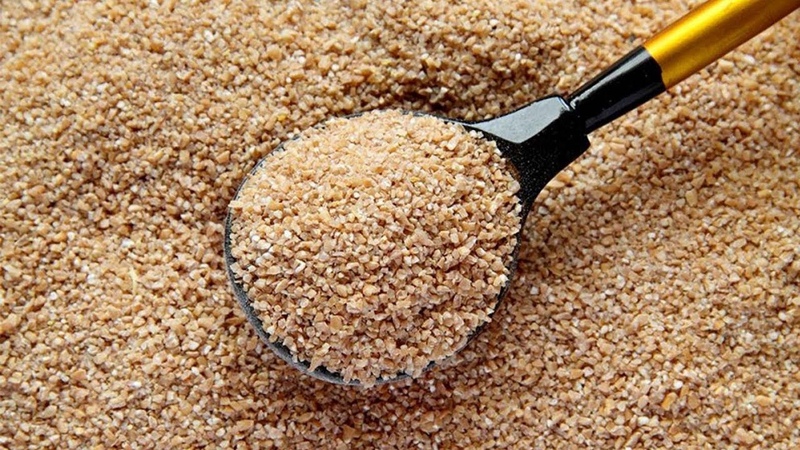
Another type of barley grits is barley. It is produced as follows:
- Barley grains of any varieties cleaned of debris and winnowed.
- Then they are crushed using a mill.
Unlike pearl barley, the pit is not ground or polished, so it:
- has an irregular shape and sharp edges;
- consists of the whole grain as a whole - not only the endosperm, but also the shells.
Yachka is used for cooking cereals, less often as an ingredient in puddings and casseroles. In Scandinavian and Finnish cuisine, it is added to soups.
Due to the high content of starch, which boils down into a paste, barley porridge turns out to be lumpy, homogeneous, and when it cools it quickly hardens and becomes tasteless. In addition, yachka is even cheaper than pearl barley, and the attitude of most Russians towards it is even more negative. If barley is considered a tasteless army food, then the barley is considered as a gruel for prisoners.
Others
Barley and barley account for the bulk of the processing of barley into food products.
However, there are several more options for cereals:
- Crimped yacht. It is obtained by passing the grains not through millstones, but through a pair of rapidly rotating rollers. The result is a cereal of flat grains, more like flakes.
- "Dutch". In fact, this is the same pearl barley, but of an especially small size, which has been carefully selected. Unlike ordinary barley, it is considered an elite grain for haute cuisine.
What other ways are there to use barley
Not only cereals are obtained from barley grains, but also other products:
- Malt. Its production is not inferior to cereals in terms of volume, and the best varieties of this grain, when delivered to the elevators, are just credited as "malting barley". In Great Britain, Ireland, USA it is also used to make whiskey.
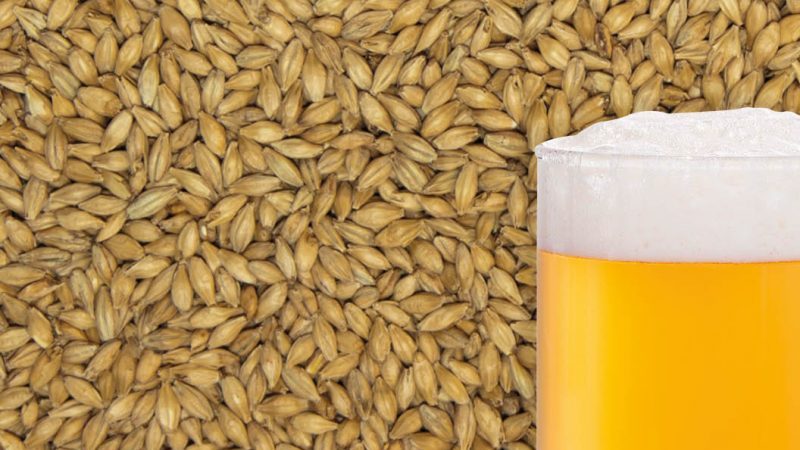
- Flour. The dough does not come out of it; at best, flat solid cakes are obtained. Therefore, it is added to wheat or rye flour. In Finland, the traditional Rieska bread is baked with barley flour.
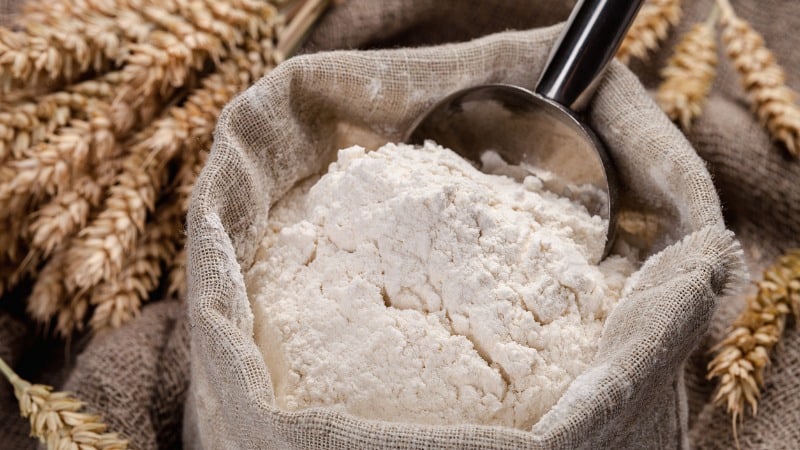
- Raw materials for the production of kvass... Due to its high carbohydrate content, barley grains ferment well.
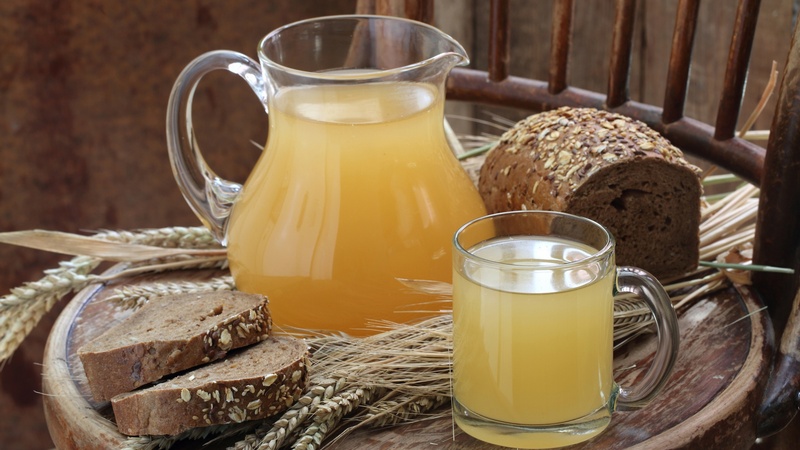
- Barley coffee - roasted barley powder. When brewing, a drink is obtained that vaguely resembles coffee. It does not have a full-fledged taste and is considered a surrogate, but it is often consumed by people who, for medical reasons, are prohibited from caffeine.
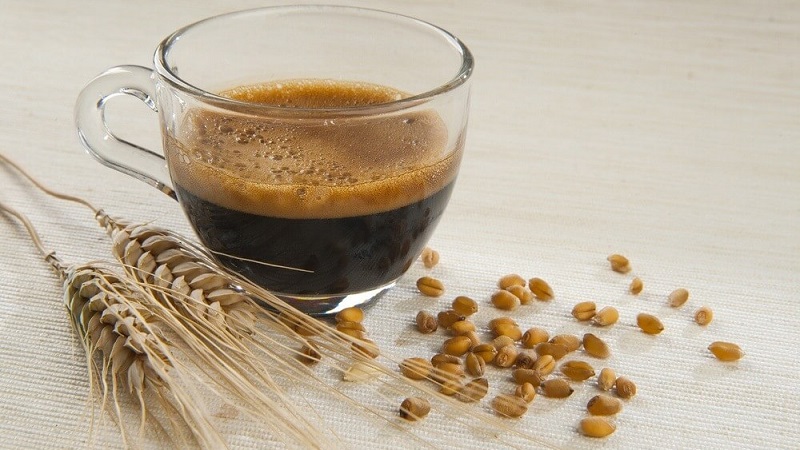
- Raw materials for use in cosmetology and medicine. It is obtained from barley seedlings and is used internally and externally.
A significant mass of low protein barley goes to fodder.
Barley grains are used for feeding animals in the following forms:
- whole - boiled or steamed with boiling water;
- as raw material for the production of animal feed - then they are ground, mixed with flour of other cultures, enriched with premixes and granulated.
Possible harm and contraindications of barley
Barley groats, decoctions from grains and other products can be harmful when:
- Individual intolerance. No one is immune from it, so people with such indications can only follow a bar-free diet.
- Diseases of the gastrointestinal tract. In case of gastritis, duodenal ulcer or stomach ulcer, cholecystitis from barley porridge or broths, it is better to abstain. They are used only after consultation with the attending physician.
According to traditional medicine, barley infusion with honey reduces libido.
Conclusion
Now you know what cereal is used to make pearl barley and beer malt. Barley is an ancient cereal crop. Cereals from it have been used by people for many millennia.
In most cases, barley products are tasty and healthy, but occasionally they can be harmful. When using them, carefully monitor your well-being and if in any doubt, go to your doctor.
Zamba (talkan, tsampa) is also made from barley.